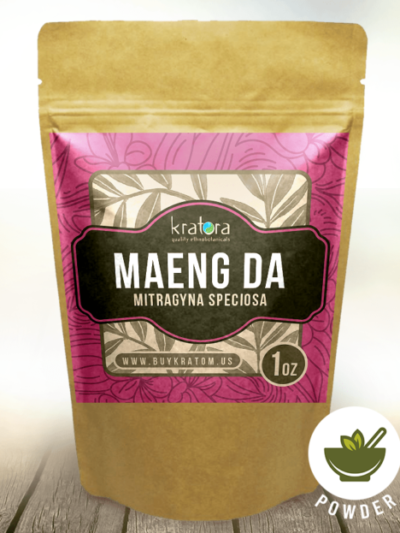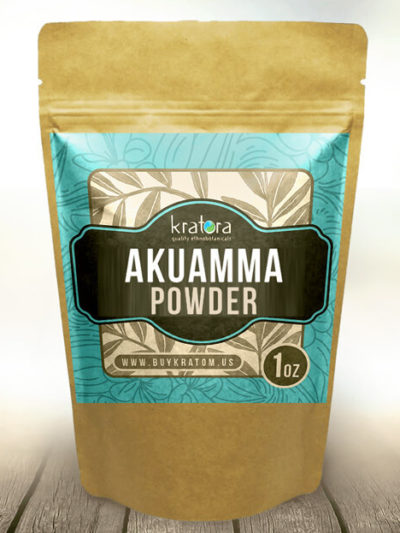The growing of the kava root is both an art and a family tradition that dates back centuries in the islands of the South Pacific. The process of growing kava properly takes skill and patience, but the high-quality organic kava root powder that results is well worth the wait!
Growing Kava Kava: A Tropical Plant with a Wide Range of Benefits
The kava or kava kava plant is a member of the pepper family and is known by the botanical name of Piper methysticum (“intoxicating pepper”). As we explained in the post “What is Kava Kava,” kava root is traditionally pounded and made into a relaxing drink that is shared in social, ritual, and ceremonial contexts.
Does Kava Kava Grow in the Wild?
A long time ago, the evergreen kava kava shrub used to grow naturally on the moist, tropical hillsides and low-lying mountains of the South Pacific islands; however, over time, the plants became sterile and the kava root and plant could only be produced by manual propagation.
Fortunately, this turn of events produced an opportunity for those who would then make a living as small-scale kava farmers. Growing kava for local consumption and export can be so lucrative that it can provide a family with enough money to purchase a car or send their children to university!
What are the Ideal Growing Conditions for Cultivating Kava Root?
To produce the best organic kava root powder and maximize the concentration of kavalactones (the compounds that produce kava’s physical and mental effects), the best place for growing kava is in its native region of the South Pacific.
There, the tropical climate, moist, rich volcanic soils, and natural shade provided by surrounding plants allow the kava plants to thrive and mature until the roots are ready to be harvested and pounded into the prized kava tea that we know and love.
Understanding the Kava Plant
So, while we might be familiar with the kava root, there is much more to the Piper Methysticum plant that is important to understand when we begin to talk about the way it is propagated.
An evergreen shrub that can grow up to 6 feet in height, kava has an abundance of green stems with green or brown nodes that make the stem look somewhat similar to bamboo. Along the nodes on these stems, lush leaves sprout in the shape of hearts and produce long, thin flowers once a year. These flowers do not contain fruit or seeds and eventually dry up and disappear.
How Kava Is Propagated
To propagate kava, a cutting is taken from the stem that is at least 3”-4” long and ideally includes two nodes. The internodal length varies between kava plant varieties and is often related to the ultimate size of the leaves. However, the length does not appear to affect the taste or quality of the kava roots or the number of rhizomes that can be harvested once the plant is ready.
To grow these cuttings into new kava plants (and eventually organic kava root powder!), kava farmers wrap these cuttings in wet moss for several months until they begin to sprout. Then, they plant the sprouted stems in loose, moist soil in a shady area for the plants to take root and grow into kava bushes.
Two Ways to Grow a Kava Cutting
When planting and growing kava shoots, the cuttings can be placed on top of the soil horizontally or vertically and must be kept shaded and moist. When placed horizontally, the stem and kava root tend to sprout from the same node. If planted vertically, the lower node will tend to send out roots and the upper node will produce a new shoot that later turns into a new stem and leaves.
Once the plants are tall and strong enough, they are transplanted into an area with other plants around them where they can grow in the shade at least 30% of the time (and more for young plants).
How Long Does it Take for a Kava Root System to Mature?
As a kava plant ages, the roots can grow to a length of up to two feet and are ready for harvesting after at least two years — although waiting four to five years produces a more rounded flavor and a stronger concentration of kavalactones. Due to increasing demand for organic kava root powder, some farmers are beginning to harvest their kava roots as early as 18 months; however, this results in an inferior-quality product that might not give you the effects you desire.
Drying and Powdering Kava Ready for Export
Once the kava plant reaches maturity and the kava root system is a good size, kava growers will harvest the entire plant — taking the stems to make new cuttings and washing and peeling the stump and roots for drying.
The best place to dry the kava roots is in a shaded spot in which temperatures do not exceed 140 degrees Fahrenheit, as the active compounds of the kava root are damaged at high temperatures. During the drying process, the root pieces need to be kept well ventilated and must be rotated regularly to prevent the growth of fungus and mold. Once completely dry, the roots are pounded or ground into kava kava powder and packaged ready for shipping.
Quality Kava: Doing Good for People and the Planet
Considering that the kava root is made of 80% water, the volume of the dried organic kava root powder is only 20% of the volume of the original root. This makes kava export less attractive to growers than selling the roots fresh unless they are paid well for the dried product.
Maeng Da Kratom Powder
From $12.99
Shop Now
This product has multiple variants. The options may be chosen on the product page
Akuamma Powder
From $10.99
Shop Now
This product has multiple variants. The options may be chosen on the product page
Blue Lotus Powder
From $8.99
Shop Now
This product has multiple variants. The options may be chosen on the product page
Shop Ethically Sourced Products at Kratora
Learn more about our ethical product sourcing and how we source our products by contacting us directly and enjoy our premium quality by purchasing our ethnobotanicals online. Shop kratom, and more today to receive same-day shipping on orders submitted before 3 PM EST Monday through Friday and 1 PM EST on Saturdays (excluding holidays).
Please note that none of the products sold on our website are intended to diagnose, treat, cure, or prevent any disease or medical condition.
Want to learn more about kratom quality and value? Start here:
Why Buying Cheap Kratom Can Be Dangerous







hi please im from brazil where i can find fresh rizomes to start my cultivation ?
Hello Vitor,
Thank you for visiting Kratora, but we don’t sell rhizomes.